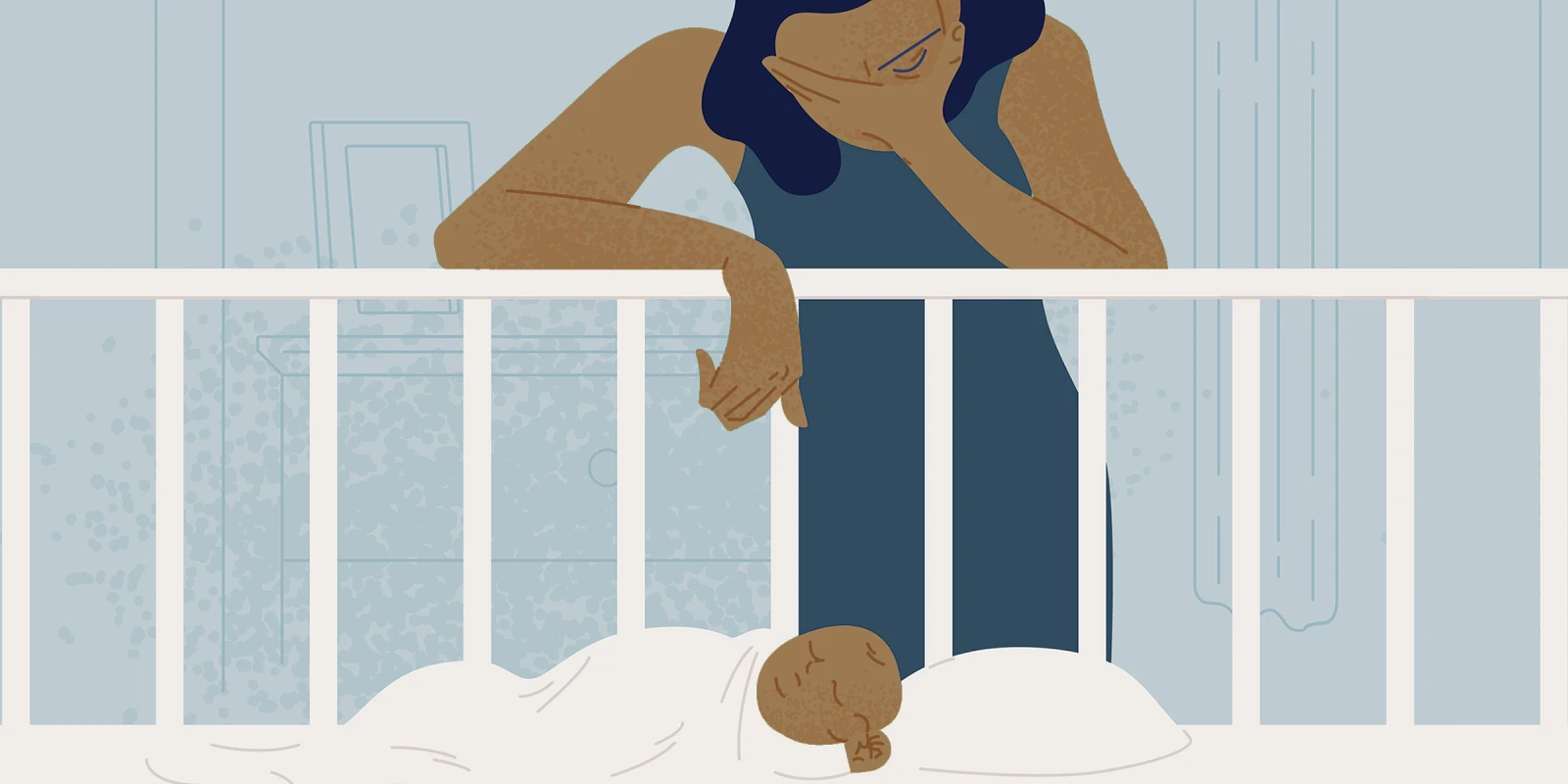The first year of Mary Banahan’s son’s life was the worst year of hers. Her baby was failing to thrive and she was obsessed with getting calories in him.
For Amy Roberts, years of failed infertility treatments left her anxious and depressed. She was only able to conceive her “miracle” son when encouraged to pause treatment due to stress.
Both PAs, Banahan and Roberts understand how frayed women can become from pregnancy and new motherhood. They teach aspiring PAs at Hofstra University and have dedicated their careers to supporting and bringing awareness to maternal mental health. Through their partnership with the Postpartum Resource Center of New York, they have trained women of the Indigenous Shinnecock Nation in Long Island to screen and provide support for perinatal mood and anxiety disorders (PMADs).
After learning that Native American and Alaska Native women are at the highest risk of pregnancy-related suicide, PA Banahan knew she wanted to work with the Native women in her community.
PA Roberts emphasized the gaps in care for Shinnecock mothers. “There weren’t a lot of providers or resources to help identify and intervene when there are families suffering from PMADs. A lot of communities aren’t familiar with the Postpartum Center of New York so now we made that introduction to keep that relationship open after the training is over.”
PA Banahan added, “We are there as much or as little as they want us to be.”
“[The Shinnecock Nation] has been hesitant to partner with anybody in the past,” PA Banahan shared. But upon connecting with Ahna Red Fox, a Shinnecock doula, PA Banahan was able to forge interest and excitement in her “train-the-trainer” project to educate on PMADs and provide telephone and group support. “We felt that the women and families of Shinnecock would respond much better to someone from their own community giving them support than an outsider,” she said.
Several of the trainers also had similar postpartum experiences to PA Banahan and PA Roberts. The training helped them identify what they had gone through that they maybe hadn’t fully recognized.
Training sessions included tribal leaders and other Shinnecock health care workers like social workers. They incorporated screening tools like the Edinburgh Postnatal Depression Scale which according to PA Banahan is “easy to fill out for the moms and easy to score on the part of the providers.” They developed palm cards for the community based on a template from the Resource Center and featuring a Shinnecock mom and daughter in their traditional attire.
“There are three things that we say at the Resource Center,” PA Banahan said. “‘You’re not alone, you’re not to blame, and you will get better with help.’ We put those in English [on the palm cards] and in the Shinnecock language as well.”
Stigma can also be an obstacle to care. “Even if a mom wanted to come forward, there weren’t really resources for them, but a lot of them didn’t want to come forward,” PA Banahan said.
PA Roberts added, “That’s why it’s so important as a provider to make this opening and ask the routine question.” She shared that questionnaires can be helpful. “Sometimes individuals may feel more comfortable putting it on paper than having the conversation. We try and use both techniques.”
PA Roberts encourages clinicians to follow up frequently. “Even if they circle ‘no’ to everything we will do another check-in whether they just had a baby or it’s been a year out. I say I’m asking questions I ask all patients who have recently given birth: Are you having any depression or anxiety? Are you feeling sad, hopeless, or having any family struggles or changes to your mood? I say it’s common and they’re not alone.”
PA Banahan asserts that asking about PMADs needs to be intentional and separate from caring for the baby.
“You must sit down and look [the mother] in the eye and ask, ‘How are you?’ And not as you’re setting up for your physical exam. Get an actual response. You can tell from body language, not making eye contact, looking down that they say ‘I’m fine,’ but you know they’re not. Or they go right to the baby. Everyone needs to be having [this conversation] — family practitioners, pediatricians, ob/gyns.”
Awareness and education of PMADs need to be incorporated broadly into clinical training, PA Banahan noted. “Even though I’m a clinician I really didn’t learn about postpartum depression or mood disorders in school,” she said, reflecting on her training. “And when you’re going through it you’re not the clinician, you’re the mom, you’re the patient. You don’t think the way you normally think. Everything is skewed.”
How are you screening for mood disorders in the postpartum period? Share your techniques in the comments below.
Image by GoodStudio / Shutterstock






